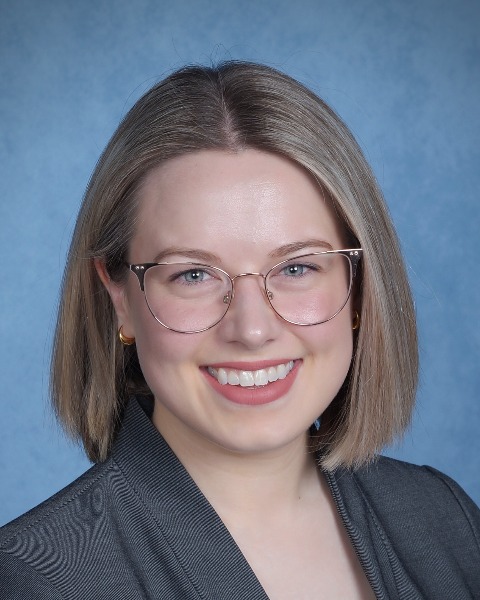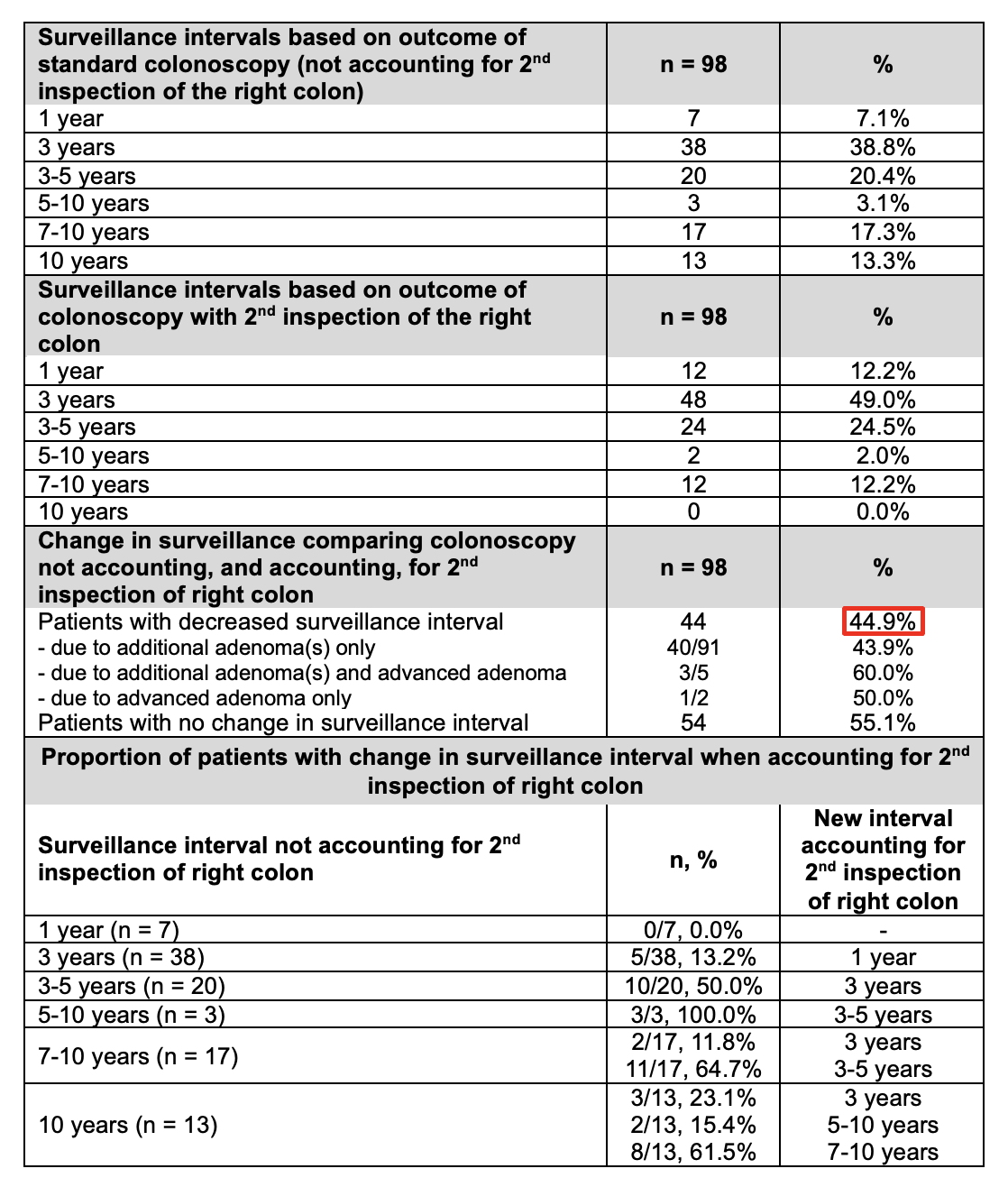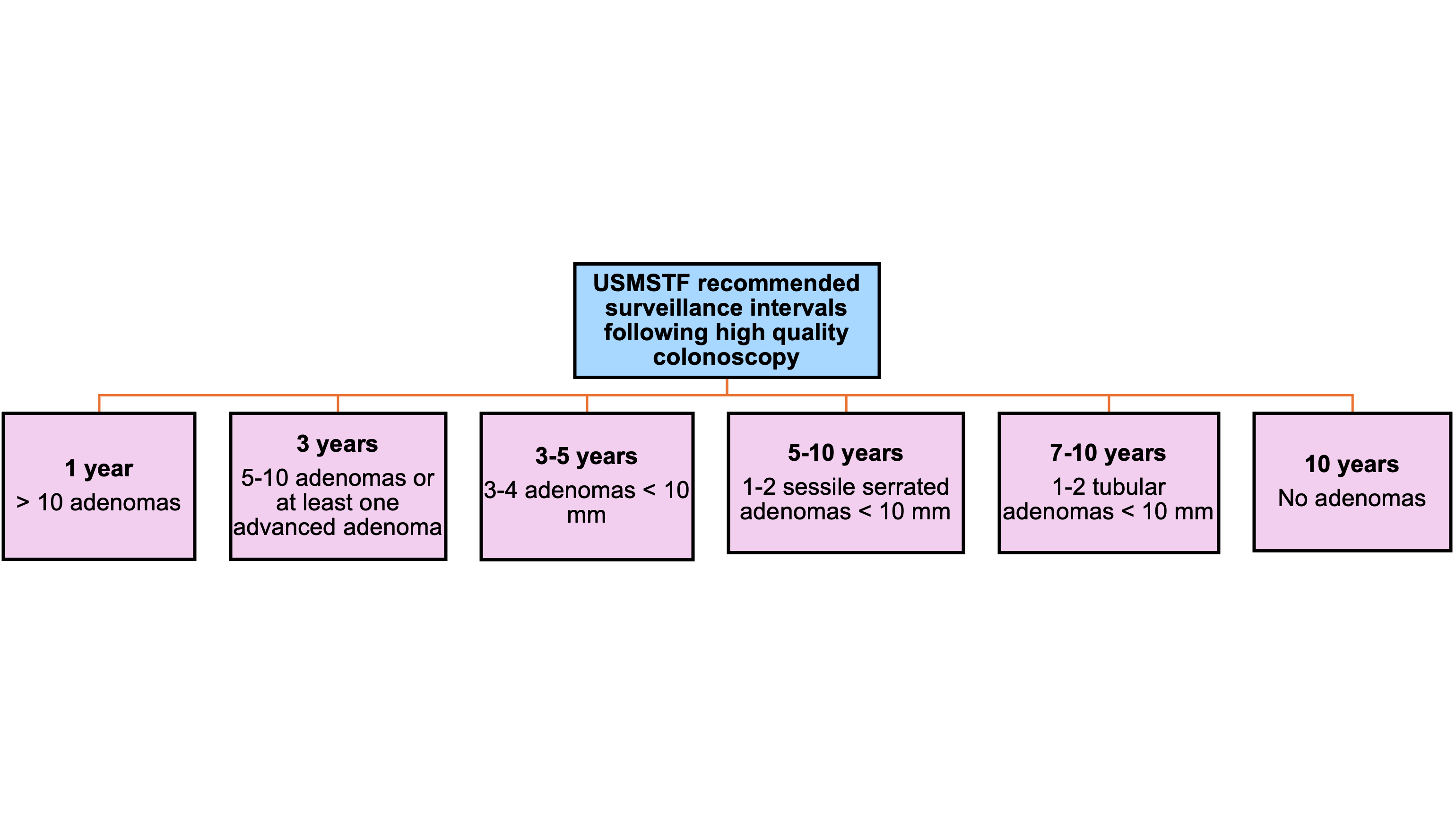Monday Poster Session
Category: Colorectal Cancer Prevention
P2666 - Looking Again, Planning Better: Right Colon Second Inspection Alters Surveillance Timing
Monday, October 27, 2025
10:30 AM - 4:00 PM PDT
Location: Exhibit Hall

Erica Loon, DO (she/her/hers)
University of Minnesota Medical Center
Minneapolis, MN
Presenting Author(s)
Erica Loon, DO1, Tessa Herman, MD1, Amy Gravely, MA2, Lisa A. Smith, BSN3, Brian Hanson, MD4, Mohammad Bilal, MD, FACG5, Daniela Guerrero Vinsard, MD4
1University of Minnesota Medical Center, Minneapolis, MN; 2Minneapolis VA Medical Center, Research Service, Minneapolis, MN; 3Minneapolis VA Health Care System, Minneapolis, MN; 4University of Minnesota and Minneapolis VA Health Care System, Minneapolis, MN; 5University of Colorado Anschutz Medical Campus, Denver, CO
Introduction: Post-colonoscopy colorectal cancer (PCCRC) constitutes 2-10% of CRC cases, with 6% diagnosed within 3 years after negative colonoscopy. Most PCCRCs are found in the right colon (RC). A 2nd inspection of the RC increases adenoma detection rate (ADR), but its effect on CRC surveillance timing per recent U.S. guidelines is unknown.
Methods: This ad hoc analysis used data from a prior quality improvement initiative standardizing documentation of RC 2nd inspection in our practice. Patients with confirmed RC 2nd inspection during screening, surveillance, or FIT positive colonoscopy were included. Surveillance intervals were determined using the U.S. Multi-Society Task Force on Colorectal Cancer 2020 Guidelines (Figure 1). To simulate a standard single RC inspection, adenomas identified exclusively during the 2nd RC inspection were excluded and surveillance intervals were recalculated. Primary endpoint was the proportion of patients with a change in surveillance interval when comparing scenarios with and without RC 2nd inspection. Secondary endpoint was false negative rate (FNR): proportion of patients with ≥ 1 adenoma found on RC 2nd inspection who would have had no adenomas detected (negative colonoscopy) without the 2nd inspection. Descriptive statistics and adenoma mean and standard deviation were performed.
Results: Of 399 colonoscopies with 2 RC inspections, mean number of adenomas and advanced adenomas ( > 10 mm, high grade dysplasia, tubulovillous) detected on RC 2nd inspection was 1.47 (SD 0.99) and 0.26 (SD 0.07), respectively. RC 2nd inspection identified 144 additional adenomas (132 tubular; 12 sessile serrated) and 7 advanced adenomas in 98 patients. Of these, 91 had ≥ 1 adenoma, 5 had ≥ 1 adenoma plus advanced adenoma, and 2 had only advanced adenomas found on 2nd inspection. Primary endpoints are summarized in Table 1: 44.9% (44/98) subjects had shorter surveillance intervals; 55.1% (54/98) had no change. Out of 83 subjects with negative colonoscopy when not accounting for RC 2nd inspection, 13 had adenomas found exclusively with 2nd inspection (FNR = 15.7%).
Discussion: Our findings suggest RC 2nd inspection is associated with shortened surveillance intervals for CRC. Detection of additional adenomas during 2nd inspection can reclassify patients into higher risk categories, necessitating surveillance colonoscopy at more frequent intervals. Further studies are needed to understand the impact of this practice on PCCRC and CRC mortality.

Figure: Figure 1. Surveillance intervals used in study, based on the U.S. Multi-Society Task Force on Colorectal Cancer 2020 Guidelines

Figure: Table 1. Study primary endpoint: Changes in surveillance intervals following colonoscopy not accounting, and accounting, for second inspection of the right colon
Disclosures:
Erica Loon indicated no relevant financial relationships.
Tessa Herman indicated no relevant financial relationships.
Amy Gravely indicated no relevant financial relationships.
Lisa Smith indicated no relevant financial relationships.
Brian Hanson indicated no relevant financial relationships.
Mohammad Bilal: Boston Scientific – Consultant. Cook endoscopy – Paid speaker. Steris Endoscopy – Consultant.
Daniela Guerrero Vinsard indicated no relevant financial relationships.
Erica Loon, DO1, Tessa Herman, MD1, Amy Gravely, MA2, Lisa A. Smith, BSN3, Brian Hanson, MD4, Mohammad Bilal, MD, FACG5, Daniela Guerrero Vinsard, MD4. P2666 - Looking Again, Planning Better: Right Colon Second Inspection Alters Surveillance Timing, ACG 2025 Annual Scientific Meeting Abstracts. Phoenix, AZ: American College of Gastroenterology.
1University of Minnesota Medical Center, Minneapolis, MN; 2Minneapolis VA Medical Center, Research Service, Minneapolis, MN; 3Minneapolis VA Health Care System, Minneapolis, MN; 4University of Minnesota and Minneapolis VA Health Care System, Minneapolis, MN; 5University of Colorado Anschutz Medical Campus, Denver, CO
Introduction: Post-colonoscopy colorectal cancer (PCCRC) constitutes 2-10% of CRC cases, with 6% diagnosed within 3 years after negative colonoscopy. Most PCCRCs are found in the right colon (RC). A 2nd inspection of the RC increases adenoma detection rate (ADR), but its effect on CRC surveillance timing per recent U.S. guidelines is unknown.
Methods: This ad hoc analysis used data from a prior quality improvement initiative standardizing documentation of RC 2nd inspection in our practice. Patients with confirmed RC 2nd inspection during screening, surveillance, or FIT positive colonoscopy were included. Surveillance intervals were determined using the U.S. Multi-Society Task Force on Colorectal Cancer 2020 Guidelines (Figure 1). To simulate a standard single RC inspection, adenomas identified exclusively during the 2nd RC inspection were excluded and surveillance intervals were recalculated. Primary endpoint was the proportion of patients with a change in surveillance interval when comparing scenarios with and without RC 2nd inspection. Secondary endpoint was false negative rate (FNR): proportion of patients with ≥ 1 adenoma found on RC 2nd inspection who would have had no adenomas detected (negative colonoscopy) without the 2nd inspection. Descriptive statistics and adenoma mean and standard deviation were performed.
Results: Of 399 colonoscopies with 2 RC inspections, mean number of adenomas and advanced adenomas ( > 10 mm, high grade dysplasia, tubulovillous) detected on RC 2nd inspection was 1.47 (SD 0.99) and 0.26 (SD 0.07), respectively. RC 2nd inspection identified 144 additional adenomas (132 tubular; 12 sessile serrated) and 7 advanced adenomas in 98 patients. Of these, 91 had ≥ 1 adenoma, 5 had ≥ 1 adenoma plus advanced adenoma, and 2 had only advanced adenomas found on 2nd inspection. Primary endpoints are summarized in Table 1: 44.9% (44/98) subjects had shorter surveillance intervals; 55.1% (54/98) had no change. Out of 83 subjects with negative colonoscopy when not accounting for RC 2nd inspection, 13 had adenomas found exclusively with 2nd inspection (FNR = 15.7%).
Discussion: Our findings suggest RC 2nd inspection is associated with shortened surveillance intervals for CRC. Detection of additional adenomas during 2nd inspection can reclassify patients into higher risk categories, necessitating surveillance colonoscopy at more frequent intervals. Further studies are needed to understand the impact of this practice on PCCRC and CRC mortality.

Figure: Figure 1. Surveillance intervals used in study, based on the U.S. Multi-Society Task Force on Colorectal Cancer 2020 Guidelines

Figure: Table 1. Study primary endpoint: Changes in surveillance intervals following colonoscopy not accounting, and accounting, for second inspection of the right colon
Disclosures:
Erica Loon indicated no relevant financial relationships.
Tessa Herman indicated no relevant financial relationships.
Amy Gravely indicated no relevant financial relationships.
Lisa Smith indicated no relevant financial relationships.
Brian Hanson indicated no relevant financial relationships.
Mohammad Bilal: Boston Scientific – Consultant. Cook endoscopy – Paid speaker. Steris Endoscopy – Consultant.
Daniela Guerrero Vinsard indicated no relevant financial relationships.
Erica Loon, DO1, Tessa Herman, MD1, Amy Gravely, MA2, Lisa A. Smith, BSN3, Brian Hanson, MD4, Mohammad Bilal, MD, FACG5, Daniela Guerrero Vinsard, MD4. P2666 - Looking Again, Planning Better: Right Colon Second Inspection Alters Surveillance Timing, ACG 2025 Annual Scientific Meeting Abstracts. Phoenix, AZ: American College of Gastroenterology.

